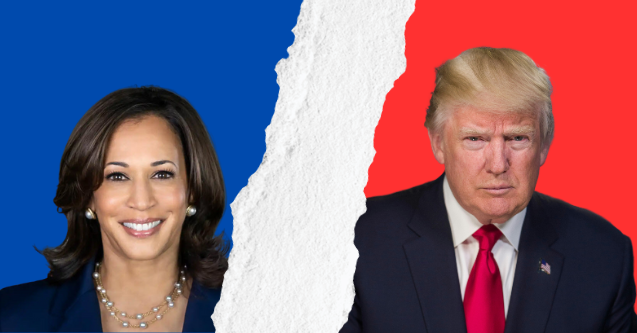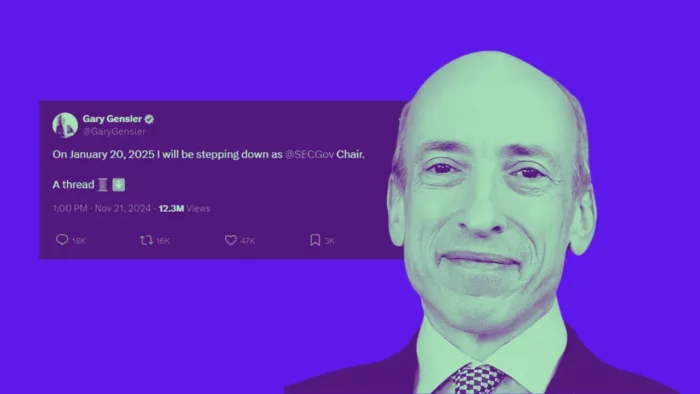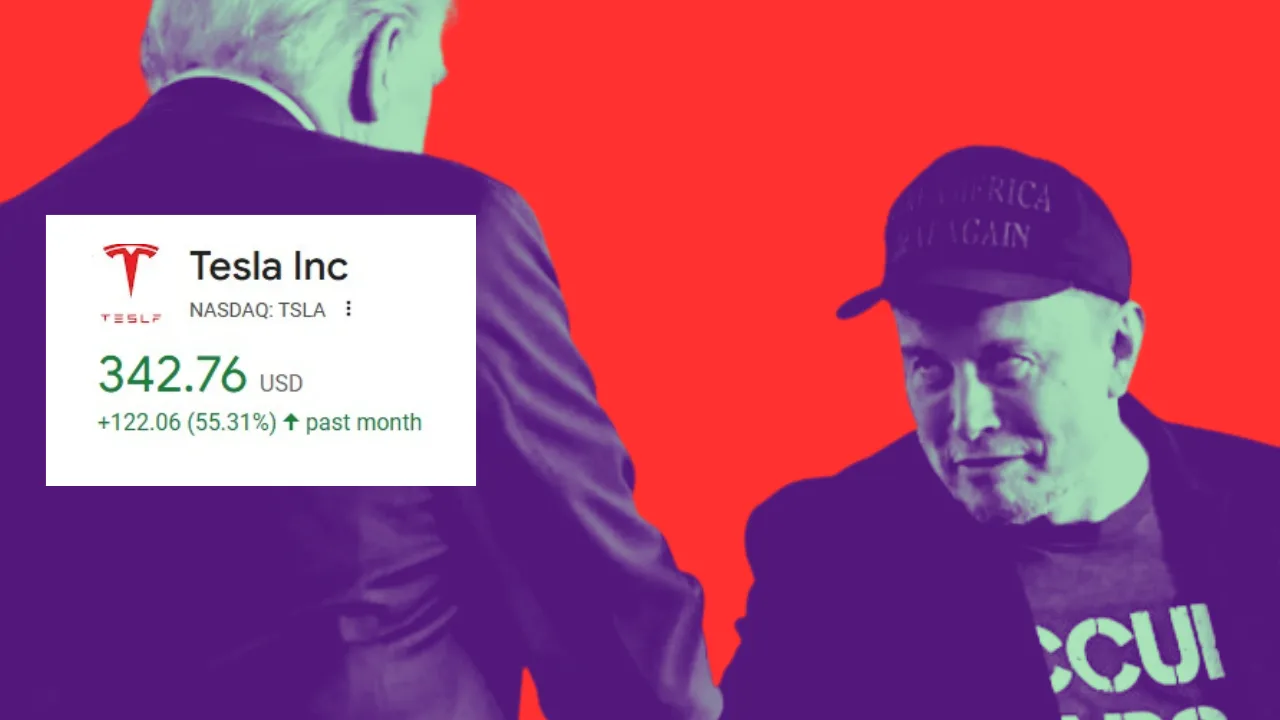As the 2024 U.S. presidential race heats up, the economic plans of Donald Trump and Kamala Harris are drawing significant attention. Both candidates offer starkly different visions for the country’s economic future, reflecting their broader political ideologies and approaches to governance. This article delves into the key components of each candidate’s economic plan, the potential negative impacts, and the broader implications for the United States.
Donald Trump’s Economic Plan: America First, Again
Donald Trump’s economic strategy for 2024 is a continuation of his America First agenda, characterized by a focus on protectionism, tax cuts, and energy independence.
- Trade and Tariffs: Central to Trump’s plan is a proposed 10% universal tariff on all imports. This policy is designed to protect American jobs and industries by encouraging domestic production. However, such a move could trigger retaliatory tariffs from trading partners, leading to trade wars that may disrupt global supply chains and increase costs for American consumers (WDIY).
- Tax Cuts: Trump aims to further reduce taxes, particularly for corporations and the wealthy. While this is intended to stimulate economic growth, critics argue it could lead to a significant increase in the federal deficit, echoing the effects of the 2017 Tax Cuts and Jobs Act, which added over $1.5 trillion to the national debt over a decade (PolitiFact).
- Energy Independence: Trump’s focus on expanding fossil fuel production and rolling back environmental regulations is rooted in his skepticism of climate change. While this approach may boost the oil and gas industry in the short term, it risks accelerating climate change and causing long-term environmental damage (PolitiFact).
Kamala Harris’s Economic Plan: Equity and Sustainability
Kamala Harris’s economic platform is closely aligned with the policies of the Biden administration but includes several unique elements that emphasize equity, sustainability, and government intervention.
- Cost Reduction: Harris’s plan prioritizes reducing the cost of living, particularly in areas like housing and healthcare. She advocates for tackling corporate price-gouging and increasing market competition to lower prices. However, the effectiveness of these measures will depend on their implementation and the cooperation of the private sector (WDIY).
- Tax Policy: Unlike Trump, Harris proposes increasing taxes on the wealthy and corporations to fund social programs. This approach is designed to reduce income inequality and expand access to essential services like healthcare and education. However, higher taxes on businesses could discourage investment and slow economic growth (WDIY) (PolitiFact).
- Climate and Energy: Harris’s emphasis on green energy and infrastructure is a central part of her economic plan. She advocates for significant investments in renewable energy to combat climate change and create jobs. While this is a forward-looking approach, it requires substantial public and private investment, which could strain government finances if not managed properly (PolitiFact).
Potential Negative Impacts
While both plans have their merits, they also carry significant risks that could negatively impact the U.S. economy.
Trump’s Economic Plan:
- Global Instability: The imposition of universal tariffs could lead to retaliatory actions from other countries, disrupting global trade and potentially harming U.S. economic interests.
- Fiscal Imbalance: Further tax cuts could exacerbate the federal deficit, leading to cuts in essential social services.
- Environmental Risks: Trump’s focus on fossil fuels over renewable energy could have severe long-term consequences for climate change and public health.
Harris’s Economic Plan:
- Investment Discouragement: Higher taxes on corporations could reduce business investment, slow innovation, and potentially lead to job losses.
- Fiscal Stress: Expanding the social safety net may increase dependency on government programs and strain public finances.
- Regulatory Burden: Harris’s emphasis on labor protections and environmental regulations could increase costs for businesses, particularly small and medium-sized enterprises (SMEs).
Conclusion
The economic plans of Donald Trump and Kamala Harris reflect their broader political ideologies: Trump’s market-driven, nationalist approach contrasts sharply with Harris’s focus on government intervention and social equity. As voters consider these plans, it’s crucial to weigh both the potential benefits and the risks. Each candidate’s vision for the U.S. economy will shape not only the nation’s financial future but also its role in the global economy.





